The ISA is the level which a compiler targets (although optimisations are sensitive to the micro-architecture, particularly in terms of optimum scheduling). The ISA is a simplified but sufficient definition of the hardware interface.
The ISA describes the abstract behaviour of the underlying compute engine, and what the fundamental operations that can be encoded in machine code instructions. It will define what sort of registers the processor has, how they interact with memory, and what arithmetic operations are possible.
The ISA can also influence how easy it is to optimise the implementation (for example long pipelines, or wide issue), and may implement features which are intended to target specific high level languages (or simplify a compiler's task).
Along with the ISA, there will be architectural guarantees of ordering, exceptions, power control and access controls which also define the processor architecture. These are not relevant to a compiler (and frequently require intrinsics to access), but are critical to an OS (and sometimes applications).
Your diagram is a misleading abstraction, although each element is distinct, they don't interface to each other in the same way as a software stack would. Micro-architecture is for example influenced by feature size - both in terms of timing and costs - the gate level view is what designers think of when of when working on micro-arch).
To give a high level example of what an ISA is, consider how a fixed-length 32 bit instruction might be split up.
4 bits for instruction type (Load/Store, ALU, etc)
4 bits for instruction operation (Add/Sub, or addressing mode)
4 bits for operand 1 register
4 bits for operand 2 register
4 bits for destination register
4 bits for flow control
4 bits for constant input (e.g. operand shift)
4 more bits specific to the instruction
You would want to map these onto some superset of the functions you need for an efficient turing machine. Thus the ISA describes precisely what the machine code and assembly code represent (in a more-or-less 1:1 relation). Some instructions (NOP being the obvious example) can be achieved using a custom opcode, or a A=A|A type instruction if symmetry permits these.
In reference to the source of the diagram, in computer architecture, the micro-architecture would not generally be used to refer to the RAM, ROM and timers in a microcontroller. It would refer to how integer divide is implemented, how many instructions can execute per cycle, how many loads can be outstanding at a time - the sort of detail that is hard to observe in software at all.
